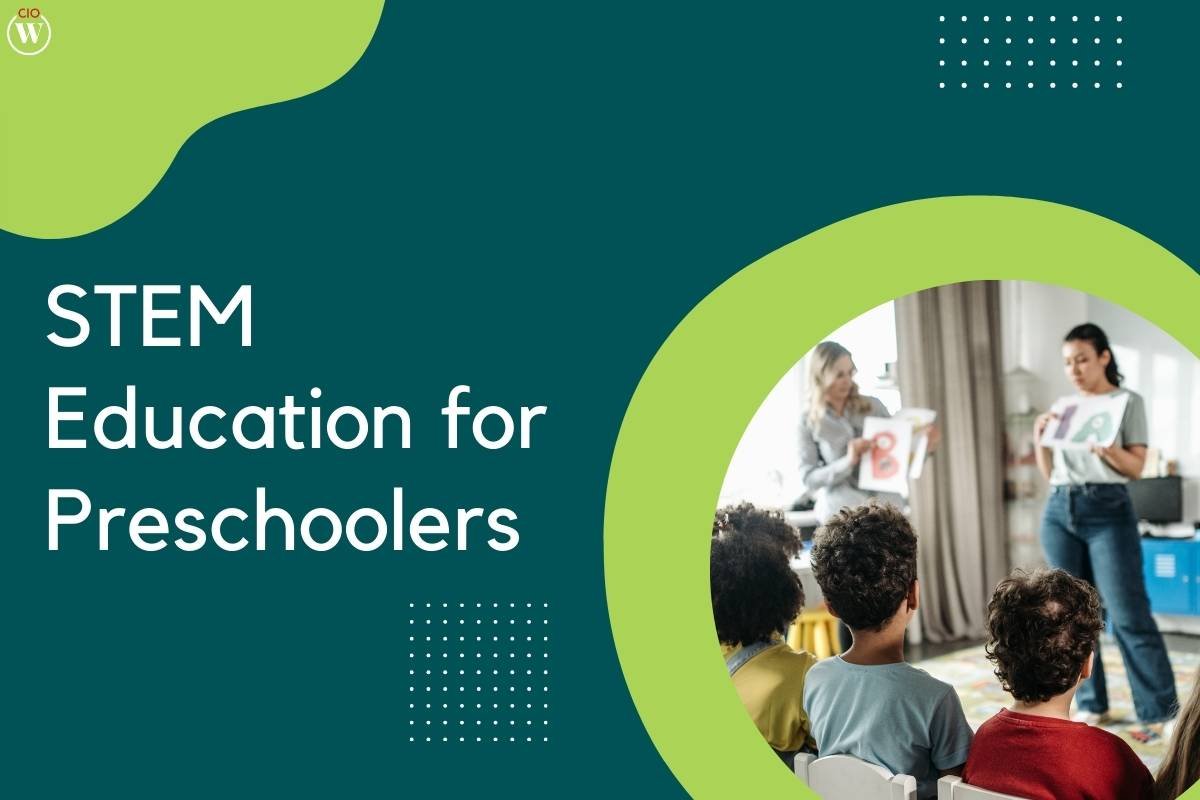In the dynamic landscape of education, the importance of early childhood development has gained widespread recognition. Preschoolers, in particular, represent a critical stage in a child’s cognitive and emotional growth. In recent years, there has been a significant emphasis on incorporating STEM (Science, Technology, Engineering, and Mathematics) education into preschool curricula. This article aims to explore the significance of STEM education for preschoolers, its benefits, and practical ways parents and educators can integrate STEM concepts into early childhood learning experiences.
Understanding STEM Education for Preschoolers
STEM education for preschoolers involves introducing young minds to the basic principles of science, technology, engineering, and mathematics through hands-on and age-appropriate activities. The goal is to foster curiosity, critical thinking, and problem-solving skills from an early age. While traditional preschool education focuses on social and emotional development, STEM education adds a layer of exploration and discovery that aligns with the natural curiosity of young children.
Benefits of STEM Education for Preschoolers

- Cognitive Development: STEM activities stimulate cognitive development by encouraging children to observe, question, and experiment. These experiences lay the foundation for future learning in more advanced STEM concepts.
- Problem-Solving Skills: Early exposure to STEM concepts helps preschoolers develop problem-solving skills. Through activities like building structures or solving simple puzzles, children learn to think critically and find solutions independently.
- Creativity: STEM education fosters creativity by encouraging children to explore and create using various materials. Whether it’s building with blocks or experimenting with colors, preschoolers develop a sense of innovation and imagination.
- Curiosity and Inquiry: Preschoolers are naturally curious, and STEM education harnesses this curiosity by providing opportunities for exploration. Asking questions, making predictions, and conducting simple experiments nourish a child’s inquisitive nature.
- Teamwork and Collaboration: Many STEM activities involve group work, promoting teamwork and collaboration. Preschoolers learn to communicate, share ideas, and work together to achieve common goals, essential skills for their future academic and professional lives.
Practical Ways to Integrate STEM into Preschool Education

- Incorporate Everyday Activities: STEM education doesn’t always require specialized materials. Everyday activities like counting objects, observing nature, or experimenting with kitchen ingredients can serve as simple yet effective STEM lessons.
- Use Play-Based Learning: Preschoolers learn best through play. Incorporate STEM concepts into games, such as building blocks, puzzles, and role-playing activities. This allows children to learn while engaging in activities they naturally enjoy.
- Explore Nature: Take advantage of outdoor environments to introduce preschoolers to STEM concepts. Explore the natural world, identify plants and animals, and discuss simple scientific principles like cause and effect.
- Experiment with Simple Science: Conduct age-appropriate science experiments that preschoolers can participate in. Simple activities like mixing colors, observing changes in materials, or experimenting with water and ice can be both fun and educational.
- Integrate Technology Thoughtfully: While limiting screen time is crucial, age-appropriate educational apps and interactive programs can complement STEM education for preschoolers. Choose programs that emphasize learning through exploration and hands-on activities.
- Provide Building Materials: Building and construction activities are excellent for introducing engineering concepts. Offer a variety of building materials like blocks, cardboard, and even recycled items, allowing preschoolers to express their creativity while learning about structure and stability.
- Encourage Questions and Curiosity: Foster a learning environment where preschoolers feel comfortable asking questions. Encourage curiosity by providing explanations and engaging in discussions about the world around them.
- Storytelling with STEM Themes: Integrate STEM themes into storytelling. Choose books that explore scientific concepts, technological advancements, or engineering feats. This not only enhances language skills but also introduces STEM concepts in a relatable and enjoyable manner.
Challenges and Considerations

While the benefits of STEM education for preschoolers are evident, it’s essential to address potential challenges and considerations. Age-appropriate activities and supervision are crucial to ensure the safety of young learners. Additionally, educators and parents should be mindful of not overwhelming children with complex concepts, focusing instead on fostering a love for learning through exploration and play.
Conclusion
In conclusion, STEM education for preschoolers is a valuable investment in the early development of cognitive, problem-solving, and creative skills. By integrating STEM concepts into everyday activities and play-based learning, educators and parents can create a foundation for lifelong learning and success. The natural curiosity of preschoolers serves as a powerful tool in introducing them to the wonders of science, technology, engineering, and mathematics.
As we continue to recognize the importance of early childhood education, incorporating STEM into preschool curricula emerges as a promising avenue to prepare the next generation for the challenges and opportunities of the future. In a world where technological advancements are shaping the job market, nurturing a STEM mindset from a young age lays the groundwork for a generation of innovative thinkers and problem solvers.
The holistic development facilitated by STEM education for preschoolers not only equips them with essential skills but also instills a lifelong love for learning and discovery. As we embrace the potential of STEM in early childhood education, we embark on a journey to empower our youngest learners for a future where knowledge and creativity go hand in hand.








